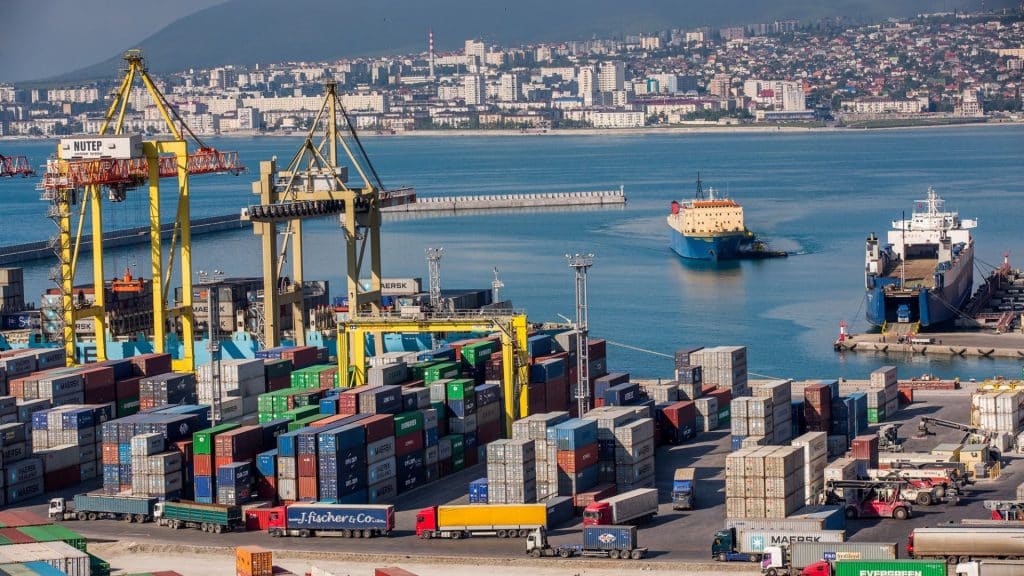EAST COAST
PORT HOUSTON POSTS ANOTHER CONTAINER GAIN IN NOVEMBER
If U.S. imports are slowing, Port Houston has yet to get the memo. The U.S. Gulf Coast’s busiest port reported an 11% jump in container volumes in November, bucking a trend of year over-year declines at other major U.S. ports. Port Houston’s Barbours Cut and Bayport container terminals handled a total 348,950 TEUs in November, bringing its year-to-date total to more than 3.6 million TEUs through the first eleven months of 2022. That’s up 17% compared to last year. With total U.S. imports for November 2022 coming in at almost 20% below last year, another month of year-on-year growth is another big win for Port Houston as imports are likely to continue to level off over the next few months—even in the U.S. Gulf.

WEST COAST
LA/LB PORTS TO DITCH NEVER IMPLEMENTED CONTAINER DWELL FEE
The Ports of Los Angeles and Long Beach (LA/LB) are scrap a container dwell fee programme that has never been implemented Southern California gateway ports said they would phase out the option to implement the container dwell fee programme on 24 January 2023, with the mechanism for its collection having never been triggered. LA/LB ports announced plans for a $100 per container, per day, charge for boxes left on the terminal for more than nine days, in a bid to reduce record levels of congestion that were being experienced at the ports at the time.The charge was due to be implemented on 15 November 2021, but a significant improvement in the volume of aging cargoes left on the docks resulted in the first of many postponements to the charge being levied on shipping lines, and to date it has never been implemented.
DRAYAGE TRUCKING INDUSTRY WORRIED AFTER EPA ISSUES FINAL RULE ON NOX EMISSIONS

The Environmental Protection Agency made good on its promise to issue a final rule on heavy-duty truck tailpipe emissions by the end of the year, but the first take on the rule from engine manufacturers and trucking organizations is that compliance will be difficult. The agency earlier this year proposed two options for drastically reducing nitrous oxide (NOx) emissions: a two-step process with standards getting progressively tighter in model years (MY) 2027 and 2031, or a one-step standard in 2027 that would be less aggressive in cutting emissions. EPA chose a one-step emission standard change in 2027, but one that is “largely consistent” with the original and more strict two-step option, according to the agency. The success or failure of this rule hinges on the willingness and ability of trucking fleets to invest in purchasing the new technology to replace their older, higher-emitting vehicles. American Trucking Associations’ president and CEO is assessing the effect the rule will have on its members and agreed that EPA’s success in eliminating pollution through the rule hinges on the purchasing decisions made by the trucking industry.




